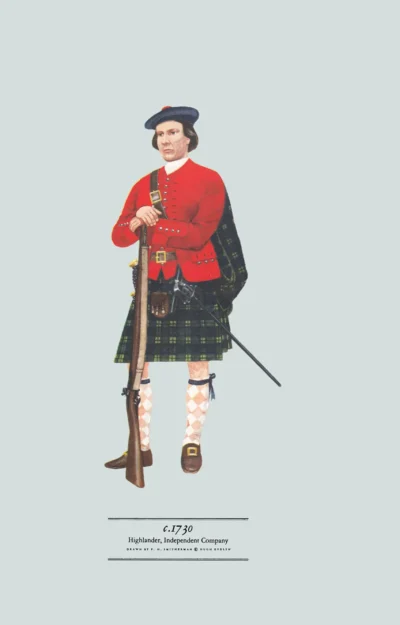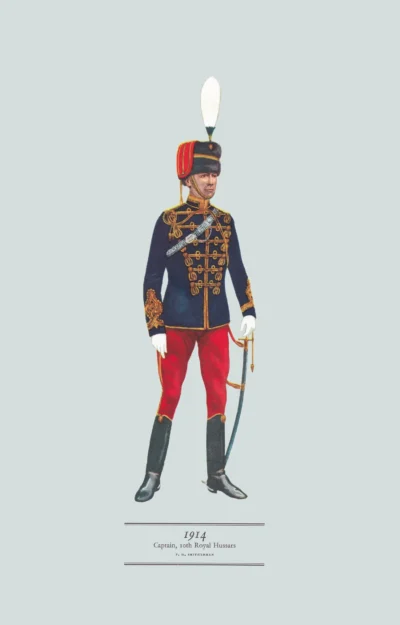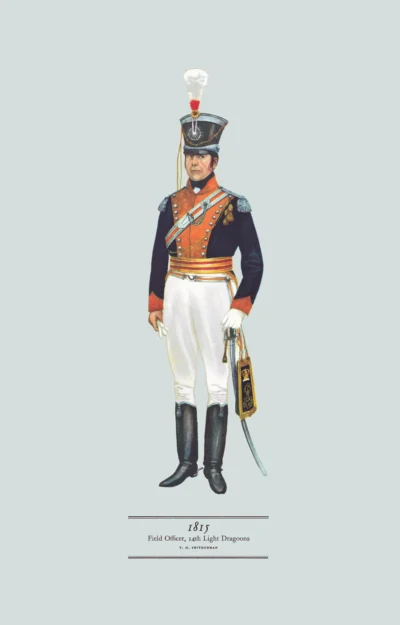Major, 6th Dragoon Guards, 1818 (Royal Scots Dragoon Guards)
£18.00
Raised 1685; from1788 6th Regiment of Dragoon Guards; from 1971 Royal Scots Dragoon Guards (Carabiniers and Greys) – SCOTS DG (scroll down for a more detailed Description)
Published 1962 by © Hugh Evelyn Limited; drawn by Colonel Philip Henry Smitherman (1910-1982), Royal Corps of Signals
Size: c. 24 x 37cm [9 ½ ″ x 14 ½ ″] (may vary slightly from printers’ cut 50 years ago)
Printed on on medium cardstock weighing 144 g/sm2 faced in light greyish blue (RGB c. d5dede)
Print is STANDARD size – shipping is the same for 1 to 10 prints (based on largest print size in your order) – see Shipping & Returns
In stock
Description
The 6th was raised in 1685 against Monmouth as the Queen Dowager’s Cuirassiers, becoming in 1691 the King’s Carabiniers and in 1788 the 6th Dragoon Guards (The Carabiniers). The first issue of carbines was made to the cavalry some time before 1680, but they were largely abandoned after trial. The 6th seem to have had them the longest and so gained the title Carabiniers which they retained when they handed the weapons in. Subsequently all cavalry had carbines and the Light Dragoons were experts perhaps more than the Carabiniers themselves. In 1851 the Carabiniers, alone of the Dragoon Guards, adopted a blue uniform cut on the same lines as the scarlet uniform of the rest This they retained until amalgamation in 1922 with the 3rd Dragoon Guards to become the 3rd Carabiniers, now the Royal Scots Dragoon Guards (Carabiniers and Greys). This officer’s dress is like that of the Captain of the Blues with the working dress of a heavy cavalryman just after the Napoleonic wars. The helmet, with horsehair tuft and plume, is French in origin, and when they first appeared in the Peninsula there were regrettable cases of mistaken identity. In full dress the officer would have worn white buckskin breeches and long black boots, but on active service the overalls shown replaced them. The wide white belt is like that worn by troopers of the Household Cavalry. He wears a crimson and gold sash different from the Hussars. The heavy sabre he is wearing appears a deadly weapon but was in fact not highly thought of, being badly balanced, unlike the sword worn by light cavalry, famous in its day as a terrible weapon.
Additional information
| Weight | 0.0123 kg |
|---|---|
| Dimensions | 23 × 37 cm |





